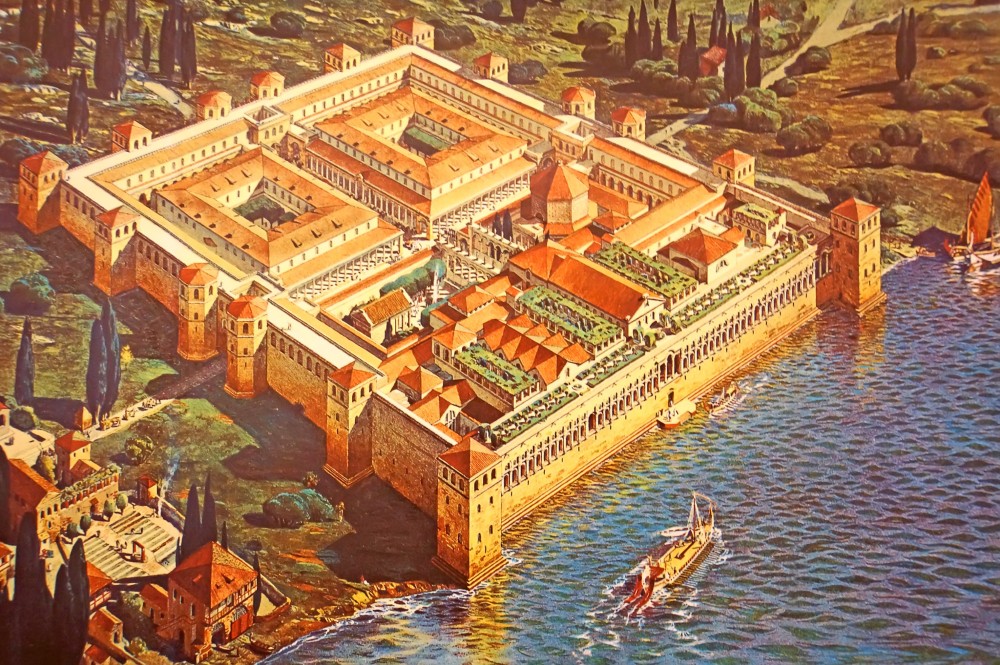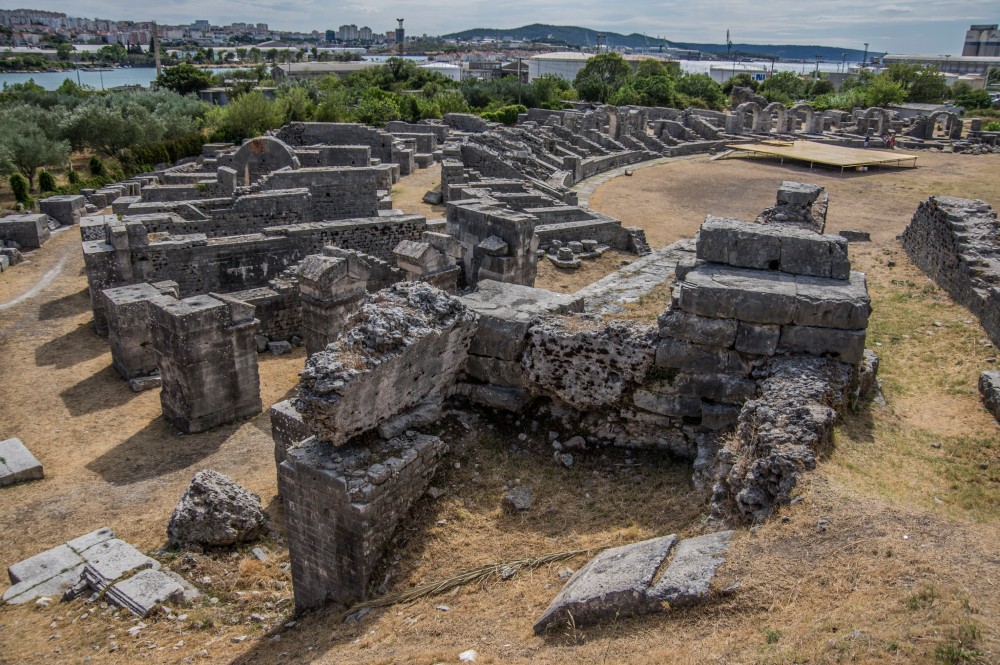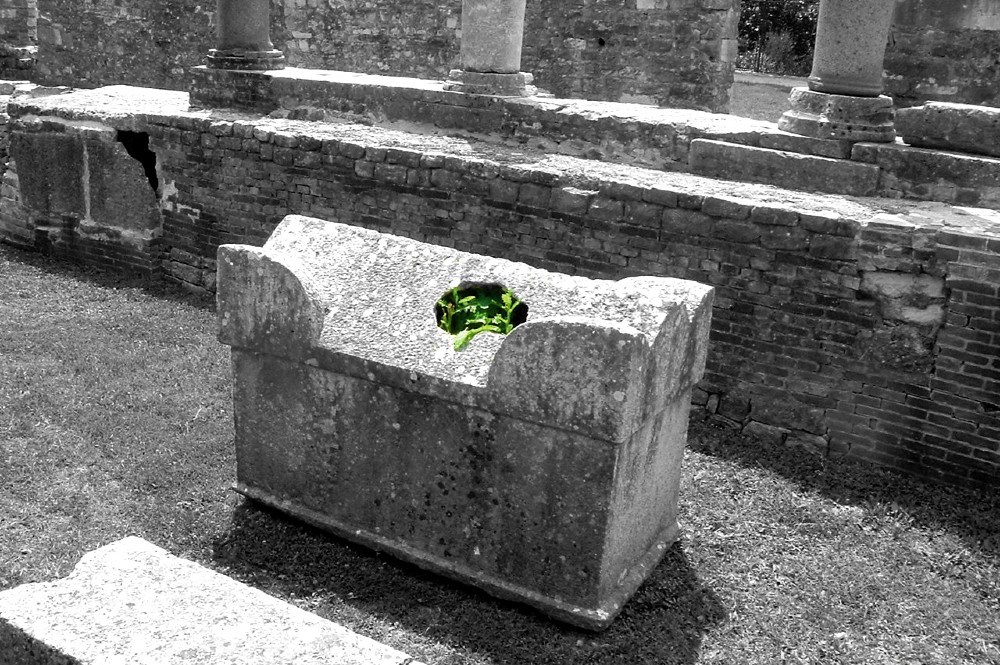Present-day Dalmatia with its mild Mediterranean climate, welcoming ports, and enchanting mountain ranges that protect it from the north was, in ancient times, full of ancient Roman settlements. One of them was Salona, which became the capital of the Roman province of Dalmatia in 9 CE.
Nowadays, it’s called Solin and is situated at the estuary of the Jadro river on the east side of the Adriatic coast, just outside of the city of Split, with whose history it is closely linked.
History
Salona’s history dates back to ca. 181 BCE when the Illyrian tribe of the Delmatae settled in what is today the Croatian region of Dalmatia (the etymology is quite clear). With the invasion of a Roman army led by general Metellus Macedonicus in 117 BCE, Salona gradually fell under Roman rule, until it was completely conquered in 76 BCE as a result of the Third Dalmatian War.

However, Salona was later revived to some extent and today holds numerous medieval archaeological remains. Many ancient remains are also intact, allowing us to at least partially reconstruct the ancient city’s layout.
City Walls
Although it’s believed that the Illyrian settlement, first mentioned is 119 BCE, also had walls, the majority of the city walls were built during the Pax Romana which lasted from the beginning of Augustus’s reign in 27 BCE and ended in 180 CE, when Marcus Aurelius died.

The amphitheatre was one of such buildings that was constructed in the north-west part of the town, connected to the urbs vetus by the city walls.
The amphitheatre’s bloody past survived into late antiquity. During Emperor Diocletian’s persecution of Christians, the building was used for executing Christians, resulting in several of those executed being turned into saints. Ironically enough, this list includes St Domnius, the patron saint of Split, to whom the bell tower towering above Emperor Diocletian’s mausoleum (now the cathedral of Split) is dedicated.

Thermae
As in any significant Roman town, Salona also had thermae i.e. baths. Several of them, in fact. The Great Thermae are the best-preserved ones and were built during Diocletian’s reign as well.
Bridge of Five Arches
As with any Roman city, Salona also had two main roads – the Cardo and the Decumanus. Apart from being a crossing over the Jadro river, the bridge of five arches was an extension of the Decumanus into the eastern part of the city and was a lifeline to Epetium (present-day Stobreč), which was an important port at the time.

How to get to Salona
Nowadays, the modern city of Solin covers more ground than did the ancient city of Salona. The archeological site of Salona is located within Solin, only 6 km away from Split. If you don’t manage to find anywhere to stay in Solin, just bear in mind that Split has a lot of real estate to offer and is really close by.
We recommend entering through the main (north) entrance since you’ll get to go through the Tusculum. It was built in 1898 by the renowned archaeologist Monsignor Frane Bulić who had devoted his career and life to researching Salona. The Tusculum was his research base and is, both architecturally and in terms of horticulture, a real sight to see!
